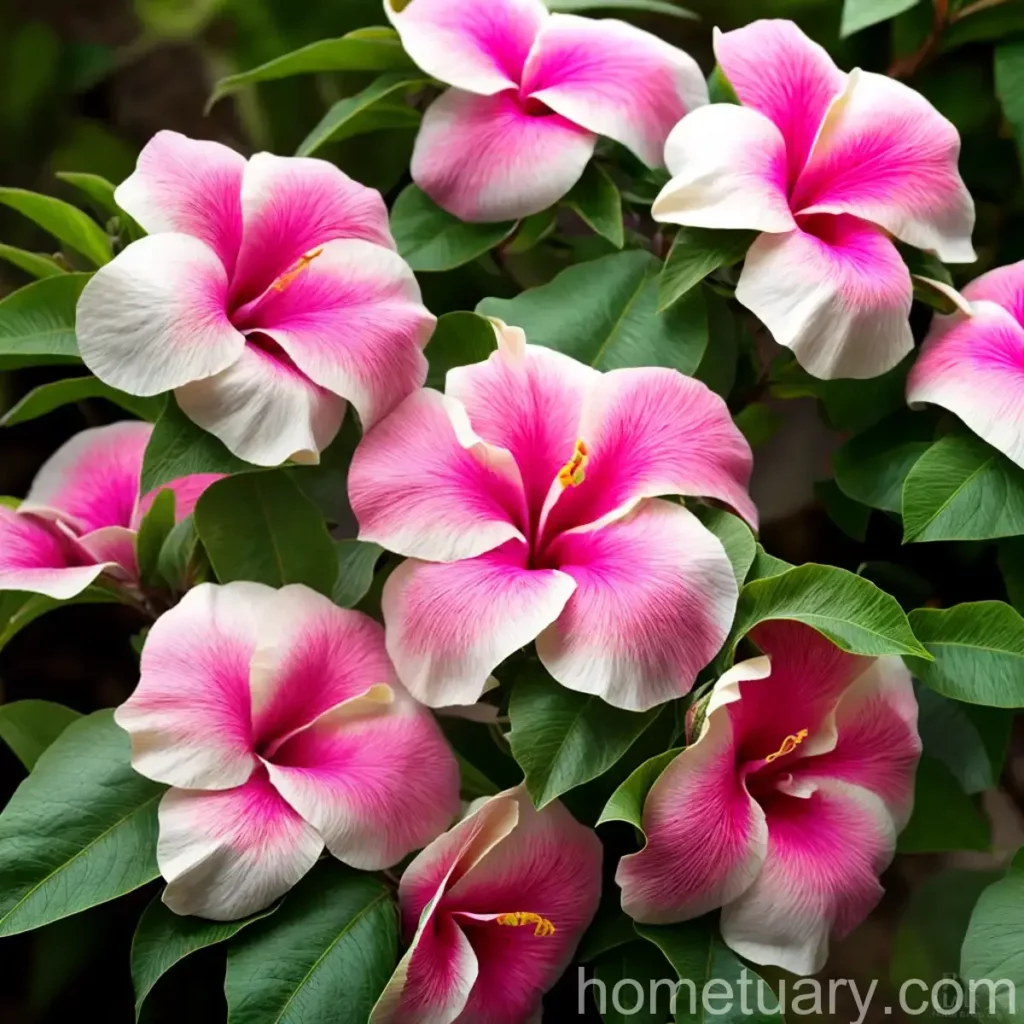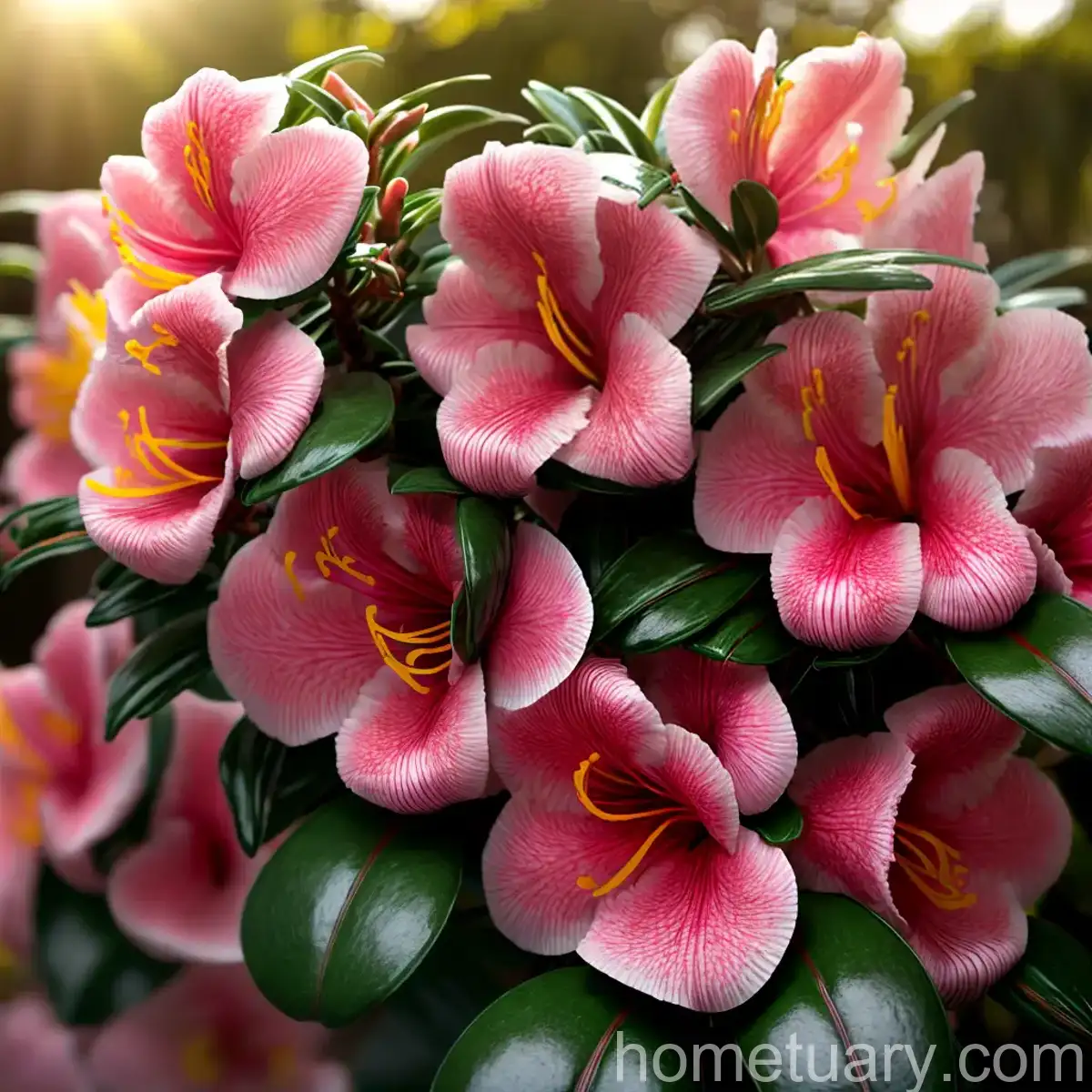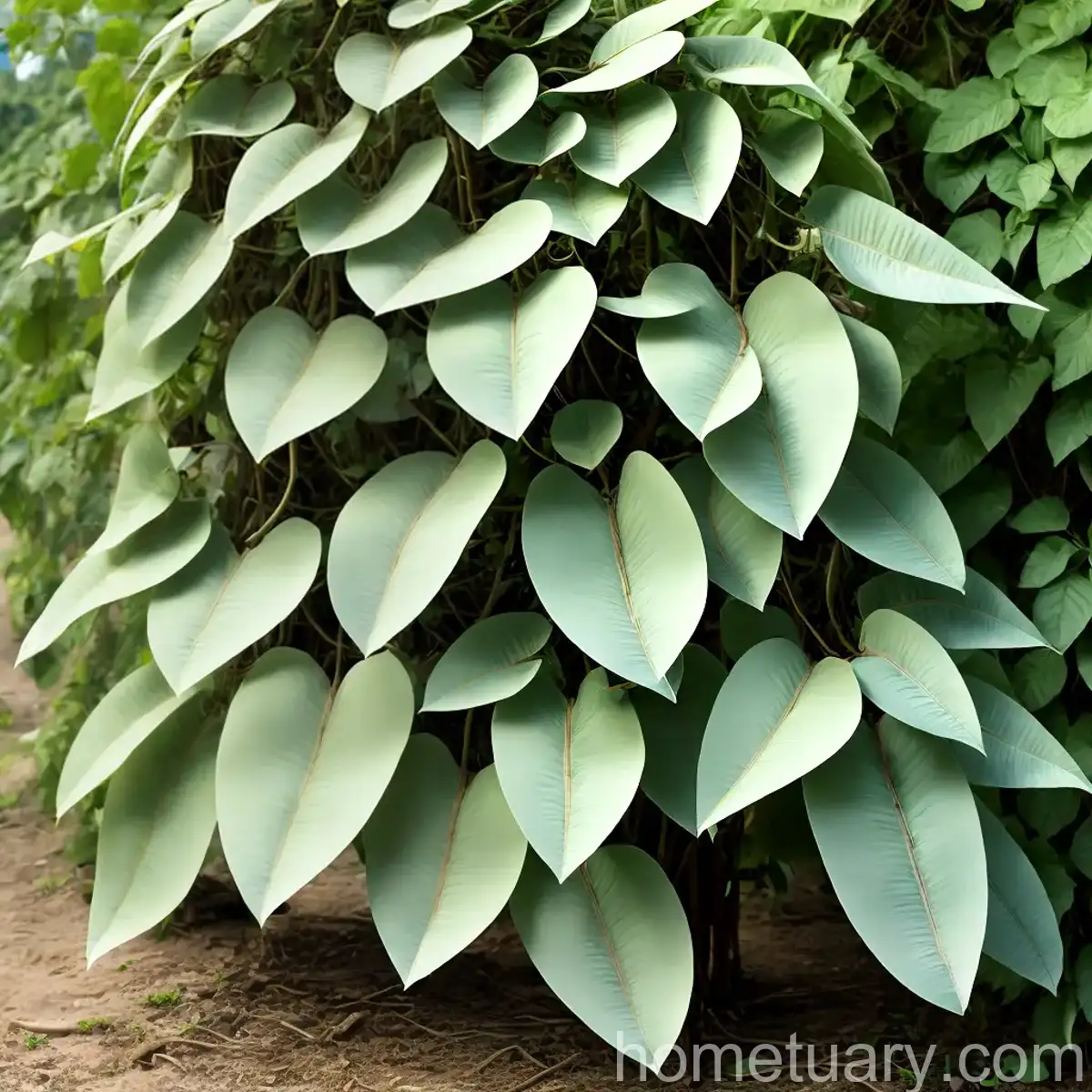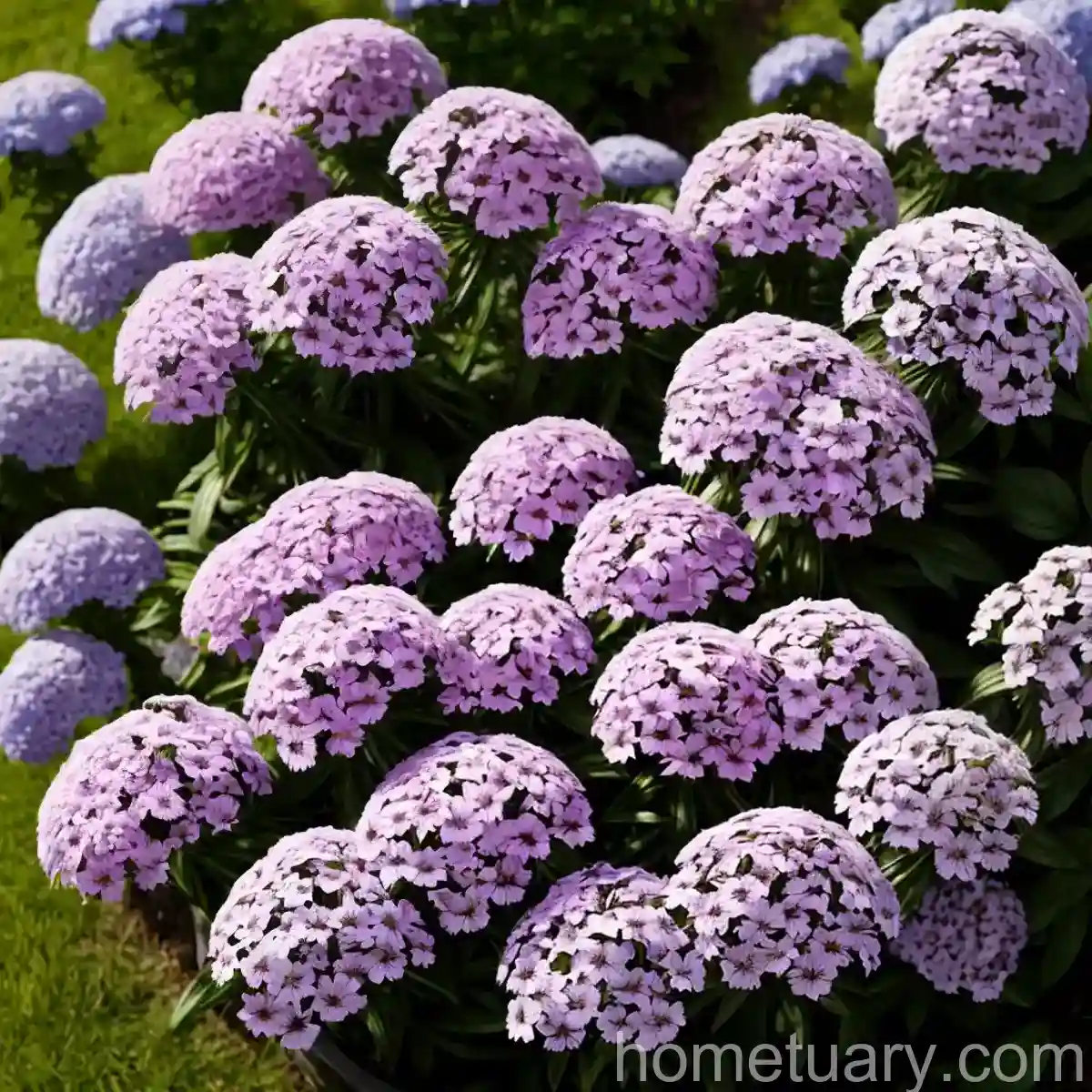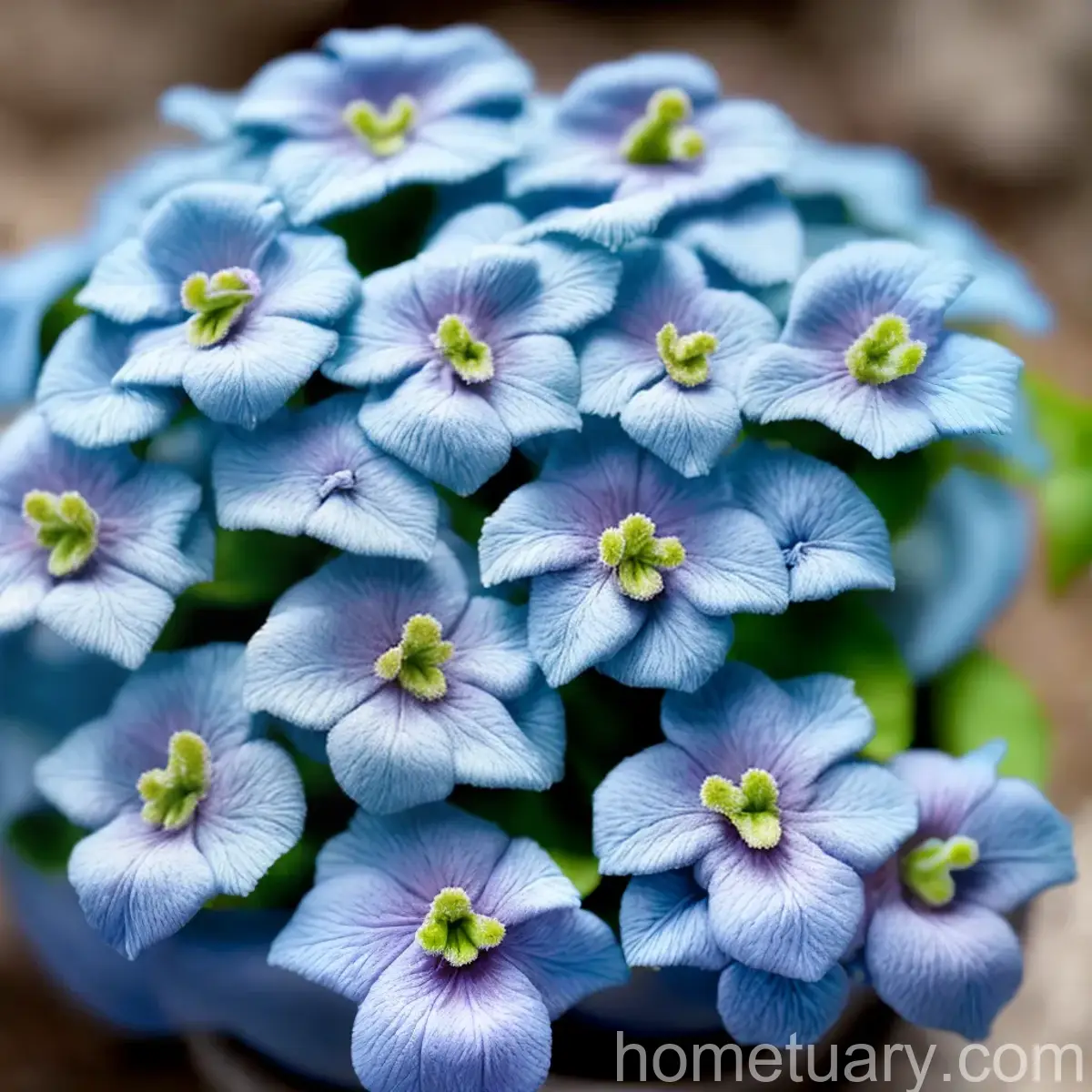Norfolk Island Hibiscus (Lagunaria patersonii): A Comprehensive Guide
In the world of horticulture, the Norfolk Island hibiscus, scientifically known as Lagunaria patersonii, holds a special place. Renowned for its striking inflorescence and lush foliage, this evergreen shrub has captured the hearts of plant enthusiasts around the globe. In this comprehensive guide, we will delve into the intricacies of nurturing this magnificent plant, including its cultural needs, propagation techniques, common diseases, and much more. Whether you are a seasoned gardener or just beginning your green thumb journey, this article will serve as your ultimate resource for all things Norfolk Island hibiscus.
What is Norfolk Island Hibiscus (Lagunaria patersonii)?
Norfolk Island hibiscus, also known as the pyramid tree, is a species native to the southwestern Pacific Ocean, particularly in Norfolk Island, Australia, and New Caledonia. It belongs to the family Malvaceae, which includes several species prized for their ornamental and horticultural value. Lagunaria patersonii is celebrated for its robust nature, making it an ideal choice for landscaping, container gardening, and even indoor cultivation in suitable climates.
This species is renowned for its stunning display of pale pink to white, hibiscus-like flowers that adorn the plant from late spring through summer. The flowers, which are 2-3 inches in diameter, are complemented by glossy, dark green leaves, providing an enchanting contrast in any landscape. Norfolk Island hibiscus is prized not only for its aesthetic appeal but also for its ability to attract pollinators, making it a valuable addition to any biodiverse ecosystem.
Now, let’s explore the key details and essential aspects of caring for this captivating species.
Key Takeaways – Norfolk Island Hibiscus (Lagunaria patersonii)
Culture
Cultivating Norfolk Island hibiscus involves understanding its specific requirements for optimal growth and development. The cultural practices for this species encompass various aspects, including water, sunlight, fertilizer, soil, pruning, and propagation. Mastering the nuances of each cultural element is crucial for ensuring the plant’s vitality and longevity.
Uses
The Norfolk Island hibiscus is an incredibly versatile plant with a range of potential uses, from ornamental landscaping to medicinal and therapeutic applications. Understanding the diverse uses of this species can offer valuable insights into harnessing its full potential and reaping the benefits it has to offer.
As we delve into each of these aspects, you will gain a comprehensive understanding of how to best care for Norfolk Island hibiscus and witness its captivating beauty flourish in your garden or landscape.
Water
Water is a precious resource for plants, and Norfolk Island hibiscus is no exception. Understanding its water needs and implementing proper watering practices is essential for maintaining its health and vitality.
Norfolk Island Hibiscus Watering Needs:
- Prefers consistently moist, well-drained soil
- Water deeply when the top inch of soil feels dry
- Avoid waterlogging the roots to prevent rot
Sunlight
Sunlight is a primary source of energy for plants, driving essential processes such as photosynthesis and flowering. Norfolk Island hibiscus has specific requirements when it comes to sunlight exposure, dictating its overall growth and blooming potential.
Sunlight Needs for Lagunaria patersonii:
- Thrives in full sun to partial shade
- Requires at least 6-8 hours of direct sunlight for optimal growth
- Intolerant of prolonged exposure to intense, scorching sunlight
Fertilizer
Fertilization plays a pivotal role in supplying essential nutrients to plants, bolstering their growth, and enhancing their overall vigor. Norfolk Island hibiscus can benefit from a tailored fertilization regimen to meet its specific nutritional demands.
Fertilizer Recommendations for Norfolk Island Hibiscus:
- Apply a balanced, slow-release fertilizer in spring
- Use a formulation with a higher phosphorus content to promote flowering
- Refrain from over-fertilizing to prevent nutrient imbalances and potential harm to the plant
Soil
The soil serves as the foundation for plant growth, providing support, nutrients, and aeration. Understanding the soil requirements of Norfolk Island hibiscus is crucial for creating an optimal growing environment and ensuring the plant’s well-being.
Ideal Soil Conditions for Lagunaria patersonii:
- Well-draining, moderately fertile soil
- pH range of 6.0-7.5
- Incorporate organic matter to improve soil structure and nutrient retention
Pruning
Pruning is a fundamental practice in plant care, dictating the plant’s shape, size, and overall aesthetic appeal. Proper pruning techniques for Norfolk Island hibiscus can enhance its form and promote healthy growth.
Norfolk Island Hibiscus Pruning Techniques:
- Prune in late winter to early spring to shape the plant and remove dead or damaged branches
- Deadhead spent flowers to encourage continuous blooming
- Avoid over-pruning, as it may compromise the plant’s natural form and reduce flowering potential
Propagation
The ability to propagate plants allows for the expansion of their presence in a garden and the creation of new specimens. Understanding effective propagation methods for Norfolk Island hibiscus can facilitate the multiplication of this captivating species.
Propagation Techniques for Lagunaria patersonii:
- Propagate from stem cuttings in spring or summer
- Utilize a rooting hormone to enhance rooting success
- Ensure the cuttings receive adequate warmth and moisture for successful establishment
Container Popularity
Norfolk Island hibiscus possesses characteristics that make it well-suited for container cultivation. Exploring its popularity as a container plant offers insights into its adaptability and potential for enhancing various outdoor and indoor spaces.
Common Diseases
Despite its resilience, Norfolk Island hibiscus is susceptible to certain diseases that can hinder its growth and vitality. Recognizing these common diseases and understanding their causative factors is crucial for implementing effective disease management strategies.
Common Diseases Affecting Lagunaria patersonii:
- Powdery Mildew: Fungal infection that presents as white powdery patches on leaves
- Root Rot: Caused by waterlogged soil, leading to root decay and plant decline
- Leaf Spot: Fungal or bacterial infection resulting in dark spots on leaves
Disease Diagnosis
Diagnosing and addressing plant diseases promptly is essential for preventing their spread and minimizing their impact on overall plant health. Understanding the symptoms and signs of common diseases affecting Norfolk Island hibiscus is key to implementing timely interventions.
Common Pests
Plant pests pose a significant threat to the well-being of Norfolk Island hibiscus, necessitating vigilant monitoring and effective pest control measures. Identifying common pests and understanding their behavior is crucial for preserving the plant’s vitality.
Common Pests Affecting Lagunaria patersonii:
- Aphids: Small, soft-bodied insects that feed on plant sap and excrete honeydew, leading to sooty mold
- Spider Mites: Minuscule arachnids that cause stippling and webbing on leaves, impairing photosynthesis
- Scale Insects: Immobile pests that form protective shells on plant surfaces and deplete sap, weakening the plant
Botanist’s Tips for Success
Drawing from botanical expertise and practical insights, seasoned botanists can offer invaluable tips for cultivating Norfolk Island hibiscus. These tips encompass a range of considerations, from planting and maintenance to pest management and beyond.
Botanist’s Tips for Growing Norfolk Island Hibiscus:
- Select a well-drained planting site to prevent waterlogging
- Incorporate compost or organic mulch to enhance soil fertility and moisture retention
- Monitor for signs of pest infestations and implement appropriate control measures
Fun Facts about Norfolk Island Hibiscus
Exploring intriguing and little-known facts about Norfolk Island hibiscus adds a delightful dimension to the appreciation of this captivating species. Uncover the unique aspects of this plant that contribute to its allure and ecological significance.
Fun Facts About Lagunaria patersonii:
- The Norfolk Island hibiscus is closely related to the cotton plant (Gossypium spp.) and the hibiscus genus (Hibiscus spp.), reflecting its botanical heritage.
- In its native habitats, Norfolk Island hibiscus serves as a valuable nectar source for native pollinators, contributing to local ecosystem health.
- The wood of Norfolk Island hibiscus was historically used by Pacific Islander communities for crafting tools and implements, underscoring its cultural and utilitarian significance.
Links to External Resources
As you continue your journey in nurturing and appreciating Norfolk Island hibiscus, exploring external resources can provide additional insights, tips, and perspectives. Here are some valuable links to delve deeper into the world of Lagunaria patersonii:
- Royal Horticultural Society – Lagunaria patersonia
- University of Florida IFAS Extension – Norfolk Island Hibiscus
- Australian National Botanic Gardens – Lagunaria patersonii
As you embark on your journey with Norfolk Island hibiscus, may this comprehensive guide empower you to cultivate, cherish, and celebrate the beauty and botanical wonders of Lagunaria patersonii. From its cultural needs to its ecological value, this remarkable plant embodies the captivating intersection of horticulture, biodiversity, and natural splendor. Embrace the joys of nurturing this enchanting species and let its graceful presence enrich your botanical endeavors.
Happy gardening!
Disclaimer: The information provided in this article is for educational and informational purposes only. It is not intended as a substitute for professional advice and care. Always consult with a qualified horticulturist or botanist for personalized guidance on plant care and management.

